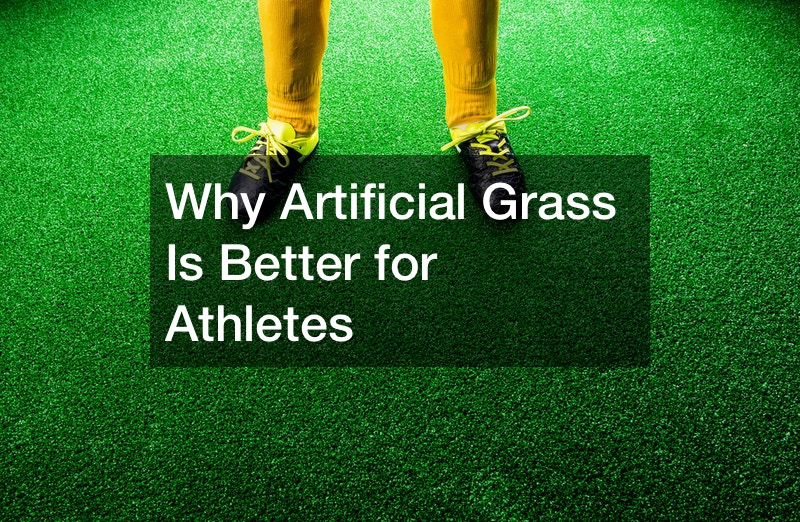
Teams carefully consider the different types of natural grass or artificial grass that are available when selecting a playing surface. Teams are considering abandoning their reliance on the standard natural grass playing surface in favor of new designs and improvements for artificial ones. The expense of using synthetic turf in comparison to grass fields is one of the strongest factors in its favor. In contrast to grass fields, turf usually costs money up front and requires little to no upkeep over its lifetime.
Schools and other establishments that use natural grass must apply pesticides and other chemicals to preserve the field’s appearance and overall health throughout the year. These chemicals are not necessary for artificial turf. Artificial grass’ inherent chemical nature is one criticism, though. Numerous turf producers employ tiny rubber crumbs to cushion the fake grass, sustain it, and give it a more realistic feel. The rubber pellets, which are frequently created from discarded motor tires, could be hazardous to one’s health. These rubber fragments may stick to a player’s hair, skin, or clothing, which may result in direct contact with the rubber compounds through inhalation, ingestion, or other means. Know more about this topic by watching this video.
.

